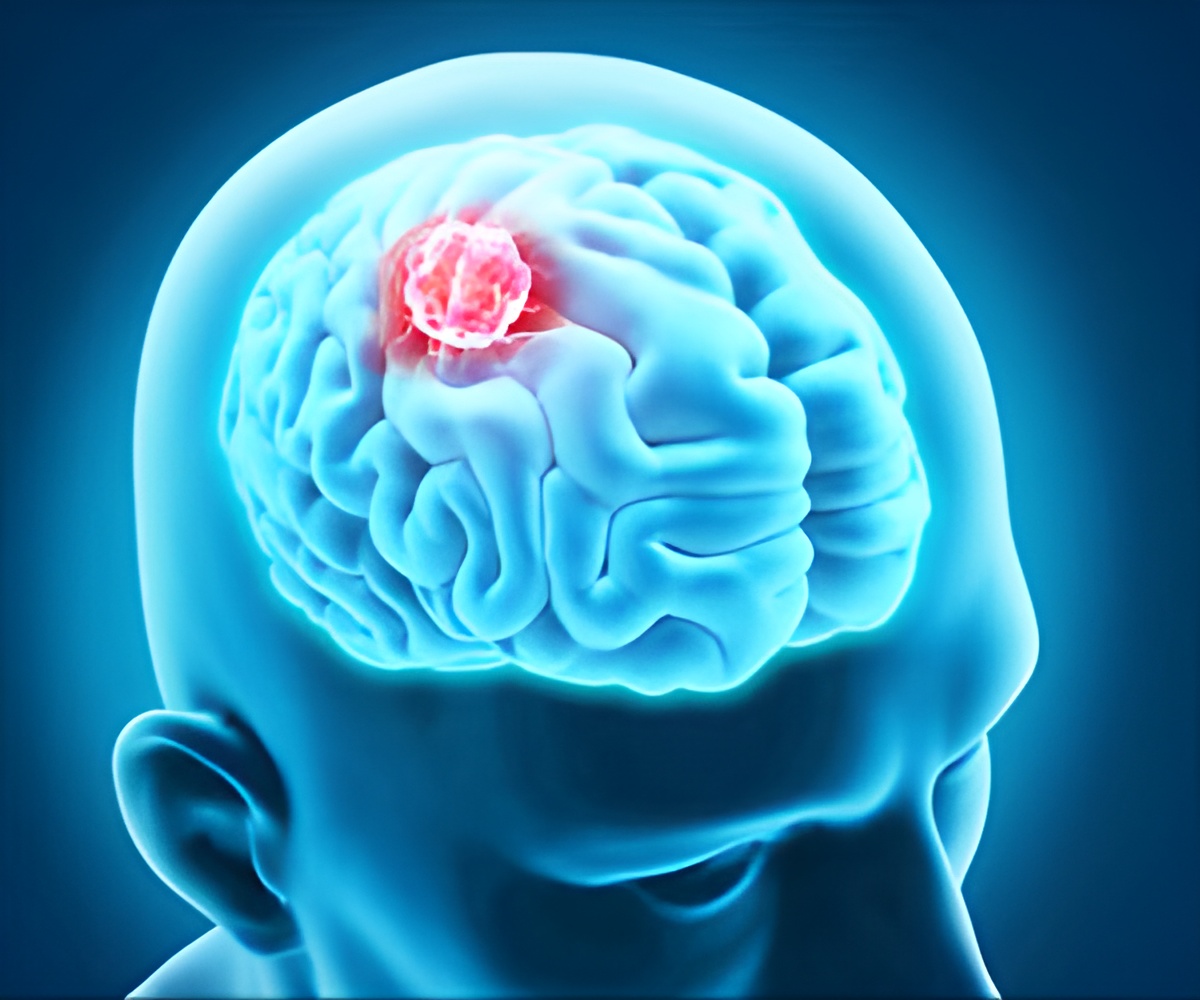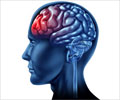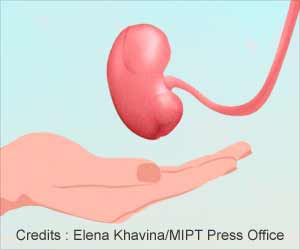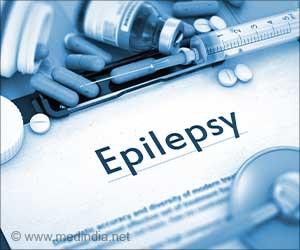Restoring memory creation by targeting HDAC3 enzyme in older or damaged brains could open door for the development of new treatments.

‘New drugs targeting HDAC3 enzyme could provide an exciting avenue to allow older people to improve memory formation.’





That's because the 6 feet of DNA spooled tightly into every cell in our bodies has a harder time releasing itself as needed, he explained. Like many body parts, "it's no longer as flexible as it used to be." The stiffness in this case is due to a molecular brake pad called histone deacetylase 3, or HDAC3, that has become "overeager" in the aged brain and is compacting the material too hard, blocking the release of a gene called Period1. Removing HDAC3 restores flexibility and allows internal cell machinery to access Period1 to begin forming new memories. Researchers had previously theorized that the loss of transcription and encoding functions in older brains was due to deteriorating core circadian clocks. But Wood and his team, notably postdoctoral fellow Janine Kwapis, found that the ability to create lasting memories was linked to a different process - the overly aggressive enzyme blocking the release of Period1 - in the same hippocampus region of the brain. That's potentially good news for developing treatments.
Source-Eurekalert












